I'm plotting the figure below using R's plot() function. It is a plot of a vector shiftTime of shift in time. I have another vector intensity of the intensity values ranging from ~3 to ~9. I want to color my points in the plot based on those values with a color gradient. The examples I can find color on the value of the actual plotted points, so in this case the values of the vector shiftTime. Is it also possible to use a different vector, as long as the corresponding values are on the same index?




